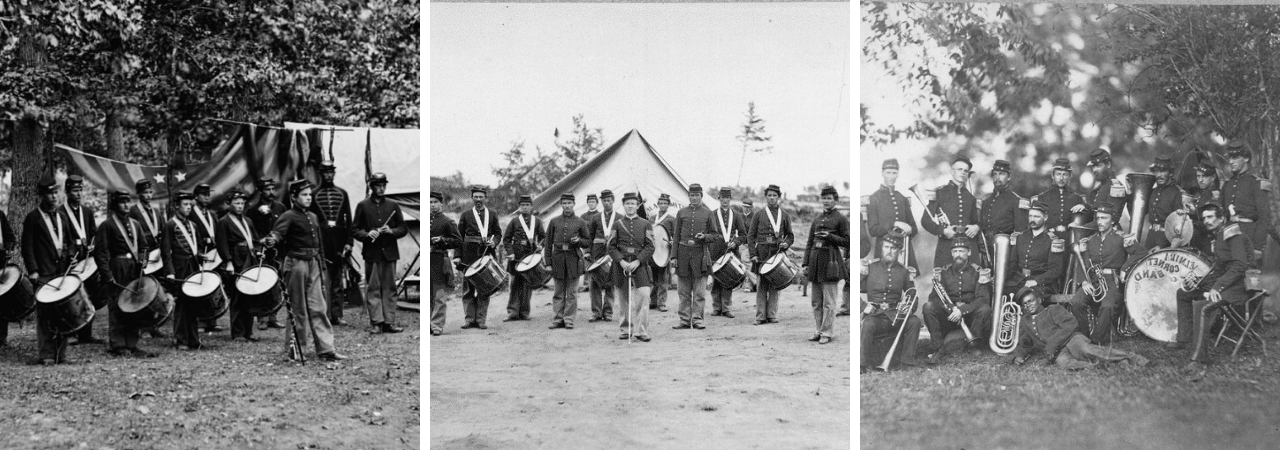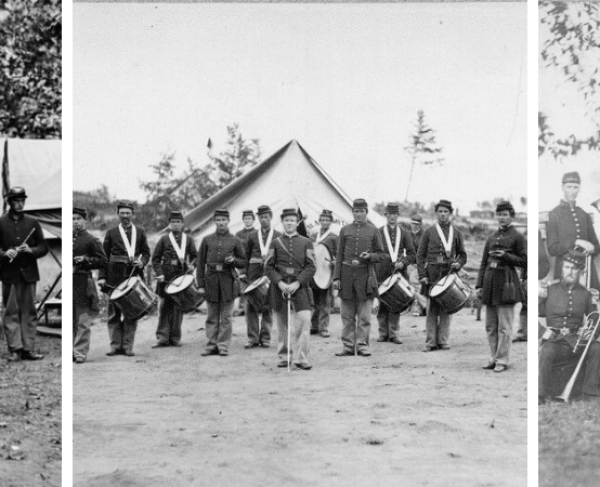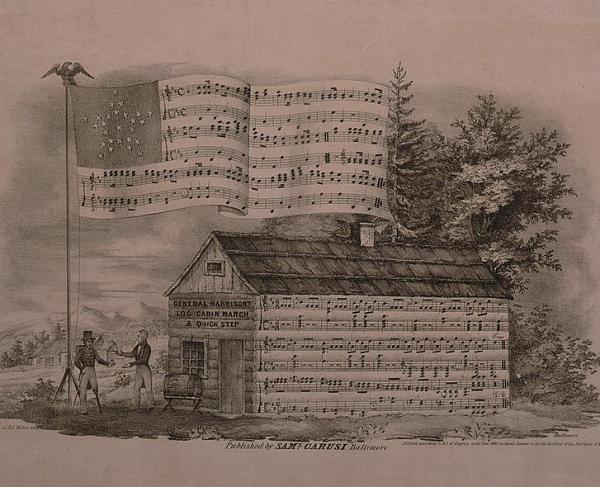
Pvt. David Holt, of Co. K, 18th Mississippi, vividly recalled in his post-war account that amidst the bleakness of war and harsh winter of December 1862, a sense of camaraderie and normalcy was restored through music:
Co.K had one violinist and five fiddlers and we made use of them by inaugurating dances . . . Owing to ladies not being anywhere about, men substituted and were so designated by having a handkerchief tied around their arms. With a big bonfire at each end of the company street, we used the space between for our dance hall.
…The fine music seemed to renew one’s hold on the amenities . . . of civilized life. It lifted us above the grime and the grind of our condition, out of the discord of war and into the harmony and peace of God.
“Billy in the Lowground,” is, perhaps, one of the fiddle tunes that the gray-clad Missispians would have danced to that cold December night in 1862. The Traditional Tune Archive gives the most comprehensive description of this beautiful fiddle tune, and its world crossing origins:
American, Reel. C Major (most versions)… "Billy in the Lowground" is one of the most enduring and widespread of American traditional dance tunes in the key of 'C', known throughout the South, Midwest and West and even into the northern part of the United States. As with most such long-lived and widely disseminated reels, there is a tremendous variation of the core melody due to both regional style, musical style…, and individual fiddler's idiosyncratic renderings.
The American tune borrows motifs from British and Irish sources. Early American printings of the piece can be found from the early 19th century onwards. The melody appears under the "Billy/Low Grounds" title in George P. Knauff 's Virginia Reels, volume III (Baltimore, 1839)
This song is one of the most beautiful pieces of folk music to come out of the Civil War era, and the only one that “The Nutmeggers,” play in “C” tuning on the album. The difference in tuning, variety of instruments, and addition of a second fiddle allow a perfect mournful and melodic close to a joyous album.
“We started west and traveled north through North Carolina. The train was heavily loaded and we traveled slow. Some of us were on top of the cars; one fellow playing a fiddle, another fellow down in the car blowing a horn, all happy lords, yet knowing that at the same time we were going right into another big killing and many of us would go to our long homes."
The Confederate Soldier; and Ten Years in South America, p. 23.
In the Nutmeggers’ recordings featured on “In High Water: Songs of the Civil War,” we hope to do justice to those musicians who came before us, and especially those who gave their all, that we might see “a new birth of freedom.” We seek to honor the spirit and humanity of those brave souls who fought so that this nation might live. This is their music, and these are their stories.
Sources:
Cockrell, Thomas D., and Michael B. Ballard. A Mississippi Rebel in the Army of Northern Virginia: The Civil War Memoirs of Private David Holt. Baton Rouge, 1995.
“Billy in the Lowground (1).” Traditional Tune Archive, tunearch.org/wiki/Annotation:Billy_in_the_Lowground_(1).
The Confederate Soldier; and Ten Years in South America, p. 23.

